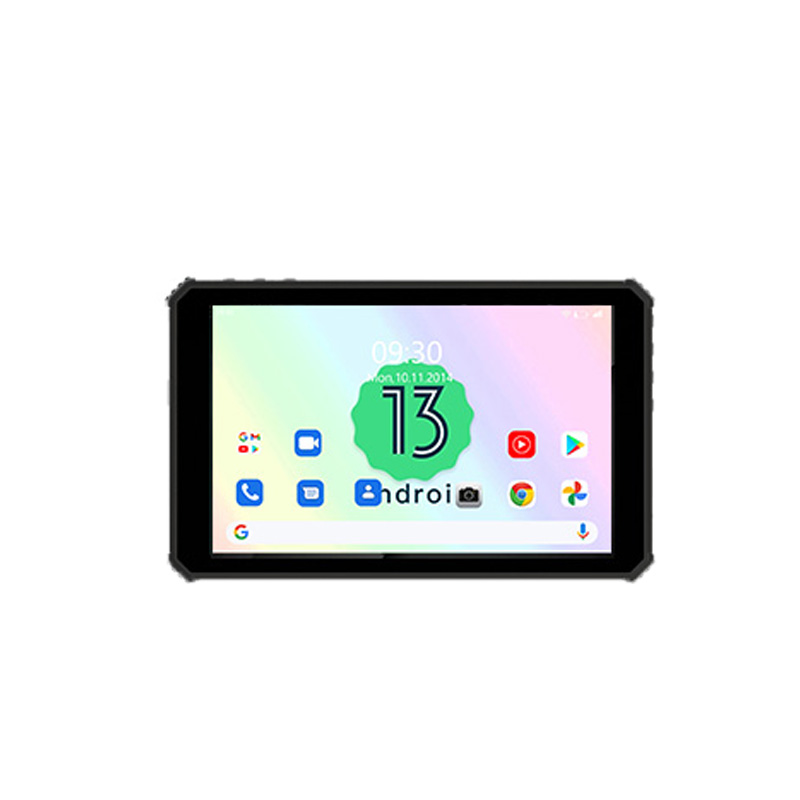TAB85 Pro 5G tablet
A
TAB85 Pro 5G Tablet
Key Specifications
-
Operating System: Android 13 GMS (Google Mobile Services)
-
Processor: Qualcomm® QCM6490
- 1× Cortex-A78 @ 2.7GHz
- 3× Cortex-A78 @ 2.4GHz
- 4× Cortex-A55 @ 1.9GHz
-
Display:
- 8″ IPS HD (800 × 1200), 700 Nits brightness
- Capacitive 10-point touchscreen
- Glove and wet finger support
-
Memory: 8GB RAM + 128GB Storage
-
GNSS: u-blox M8 with external GPS antenna connector
5G Connectivity
- Frequency Bands Supported:
-
Low-Band (<1 GHz)
- N8 (900 MHz): Long-range coverage, excellent indoor penetration
- N28 (700 MHz): Wide-area coverage, ideal for rural and IoT applications
-
Mid-Band (1–6 GHz)
- N1 (2100 MHz): Mix of coverage and capacity, refarmed LTE band
- N3 (1800 MHz): Popular in Europe and Asia for urban deployments
- N7 (2600 MHz): High capacity with moderate coverage, ideal for cities
- N38 (2600 MHz TDD): Urban-focused for capacity enhancement
- N41 (2500 MHz TDD): Widely used in the US, China, and Japan for high-capacity needs
- N77 (3300–4200 MHz): Global C-band for excellent speed and capacity
- N78 (3300–3800 MHz): Widely used subset of N77, optimal for urban and suburban 5G
- N79 (4400–5000 MHz): Supports high-speed, high-capacity deployments
-
Unique Advantages
- Rugged Durability: Built to perform in demanding environments.
- Advanced Connectivity: Supports a wide range of global 5G bands, making it suitable for diverse regions and applications.
- Enhanced Usability: Designed for professionals with features like glove and wet finger touchscreen functionality.
This tablet is perfect for industries such as logistics, construction, geospatial mapping, and remote fieldwork, offering unparalleled performance and reliability.






